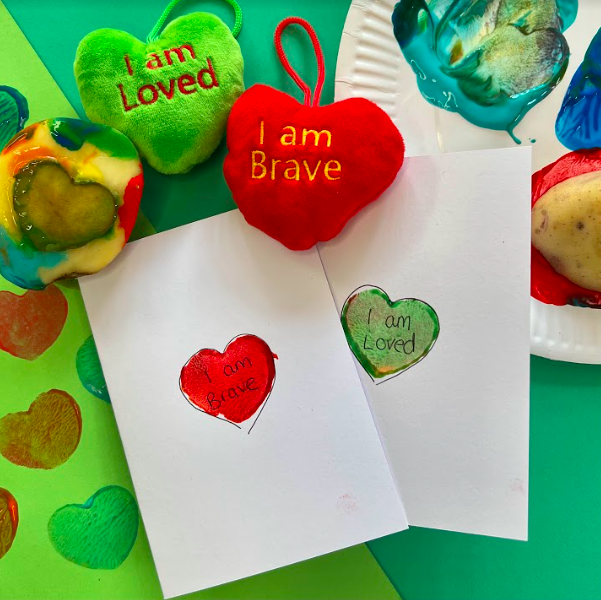There are many ways for adults to understand children’s triggers and behaviours. Whilst difficult in the moment, when you are caring for your child during an outburst or tantrum, you can reflect on the behaviour afterwards to help everyone learn.
Top tips for unravelling bad behaviour:
- What happened before the difficult behaviour occurred?
- How did the child behave?
- What were the consequences of the behaviour for you and the child?
- What does your child need to help them with their behaviour?
- What basic needs may have been unmet? Think about food, sleep, water, comfort.
It is common to react to unwanted behaviour with automatic responses. Consider what the child’s behaviour triggers in you. With young children it is best to put the fire out before addressing the issue with them. It is also worth considering why certain emotions arose in you at the time. Were they related to the situation or was something else going on for you? Being able to separate your inner world from the situation you are trying to handle, will help you deal with difficult behaviour better.
Children can get overwhelmed with emotions and find it difficult to think clearly and reason with you.In the heat of the moment children struggle to hear what you’re saying as they are simply reacting to what is going on for them. Once your child has calmed, you can empathise, validate their feelings, and investigate the issue with them. You can teach your child new skills to reduce the behaviour next time, then plan steps together for a better experience when challenges arise.
An example to consider:
Adult: It was sad to see you so upset earlier, what happened?
Child: I thought we were going to the park. I told my friend we would.
Adult: I’m so sorry, I forgot all about it. Shall we call your friend to explain?
Child: Yes because she might not want to be my friend anymore.
Adult: I’m sure she will be. Let’s call her and see if we can meet up another day. I won’t forget this time. I am sorry.
Taking the time to process with your child demonstrates that your child is safe to speak, that you are listening and willing to help. Notice in the scenario that the child expresses their fear of losing a friend. It’s important to acknowledge this and find a way to reassure. The adult also apologises as the scenario happened because of their forgetfulness. This kind of accountability teaches a valuable lesson. The adult also focuses on the truth of the experience rather than feeling overwhelmed and projecting, e.g., ‘I don’t need this, I’ve had a bad day’. This all provides separation between the feelings of both parties, which will assist the child’s growth and understanding because they feel heard.
Tips for when emotions are high in the moment:
- Give children space to calm down before moving on
- Let them know they can discuss their feelings when they are ready
- Tell them you want to understand them, and you want to help
- Listen to their story
- Offer solutions to help them problem solve
- Make clear that you want to help them work things out
- Plan what can be done in the future if they feel the same way again.
Creating a quiet corner in your home for when your child is struggling emotionally can give them the safety they need to process what they are going through. Provide a positive space with the emphasis on it being for taking time out. Add things to the corner like their favourite books, a special toy, a blanket, and ask them if they’d like to name the area. When they choose to go to that space offer them something to drink and check that they are okay.
When we teach our children to express and process their thoughts and feelings in a safe way, we reduce negative emotional outbursts. Remember to be accepting of what children tell you about how they feel to gain their trust. Acknowledge, validate, comfort, and educate them. Rather than just telling them what to do, guide them, share your experiences, point out when they have faced similar before, and work through situations with them.
By naming emotions with very young children, we start to teach them the language they need to express themselves openly. Show them the difference between a happy smiley face, an angry face, or a sad face. Point out what you see in them at different times. They will also begin to understand the importance of their body language and facial expressions in the way they communicate to be understood.
Journal your thoughts ………………………………………………………………………………………………………………..
…………………………………………………………………………………………………………………………………………………………………………………………………………………………………………………………………………………………………………………..………..………..………..………..………..………..………..………..………..………..
3 Take aways:
Children can get overwhelmed with emotions and find it difficult to think clearly and reason with you.
When we teach our children to express their thoughts and feelings in a safe way, we reduce negative emotional outbursts.
By naming emotions with very young children, we start to teach them the language they need to express themselves openly.
Reflection:
What helps to calm your child when emotions are running high?




